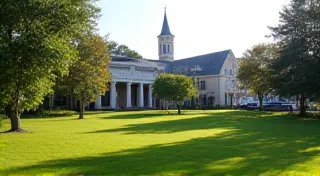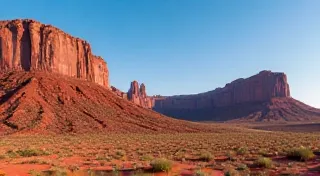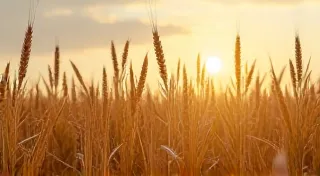Kansas Postcards: Wheat Fields and Western Heritage
There's a particular fragrance associated with old postcards – a blend of aged paper, faded ink, and a whisper of forgotten stories. Holding one in your hand isn’t just appreciating a piece of paper; it’s reaching across time, connecting with the sender and receiver, and glimpsing a moment preserved in sepia tones. When I think of Kansas postcards, that fragrance intensifies, infused with the scent of ripe wheat and the echo of cattle lowing on the prairie. Kansas, the heartland, has a unique identity etched into its postcards, a blend of agricultural might and a deep, enduring connection to the American West.
A State Born of the Plains
Understanding Kansas postcard collecting requires a bit of historical context. Kansas became a state in 1861, a pivotal moment in the lead-up to the Civil War. Initially a territory, its fate was deeply intertwined with the slavery debate. Following the war, waves of settlers poured in, lured by the promise of free land under the Homestead Act. This influx dramatically shaped the state's culture and, consequently, the visual landscape captured on its early postcards. The railroads played a crucial role, not only facilitating settlement but also fueling the postcard boom itself. Postcard companies eagerly sought scenes of burgeoning towns and thriving farms to capitalize on this westward movement.
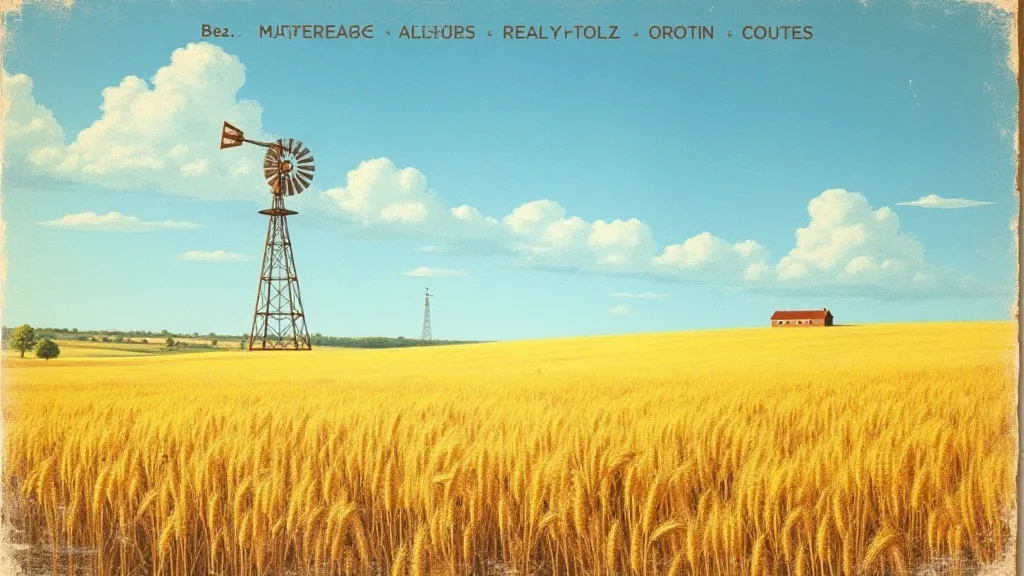
Early Postcard Themes: Towns and Transportation
Early Kansas postcards often showcased the nascent towns – Abilene, Dodge City, Emporia – each vying for recognition and prosperity. You'll find images of bustling main streets, grand hotels (often emphasizing architectural ambition), and train depots, crucial hubs of commerce and communication. The railroads were practically celebrities of their time, and postcards proudly displayed powerful locomotives and impressive railway bridges. These weren't just functional images; they were statements of progress and potential. The backs of these postcards are especially revealing. Often, the messages are brief, almost telegraphic – "Having a good time. Wish you were here." or simply "Kansas is fine." They offer a tiny window into the everyday lives of the people who lived through this remarkable era.
The transition to the divided back postcard in 1907 brought a subtle shift. Suddenly, the sender could write their message and address on the same side as the recipient’s address, creating a more personal and immediate connection. This period, the "Golden Age of Postcards," produced some of the most sought-after Kansas cards, brimming with vibrant colors and intricate designs.
Dodge City and the Wild West Legacy
No discussion of Kansas postcards would be complete without mentioning Dodge City. "The Wickedest Little City in America" earned its reputation as a major cattle town, a rough-and-tumble frontier outpost where cowboys, gamblers, and lawmen clashed under the vast prairie sky. Dodge City postcards often feature prominent landmarks like the Long Branch Saloon and Boot Hill Cemetery, offering a glimpse into the town's legendary (and often exaggerated) past. These cards are highly collectible, not just for their historical significance but also for their inherent drama and the romanticized vision of the Wild West they present.
Interestingly, many of the "Wild West" depictions were carefully constructed, appealing to a national fascination with the frontier. While Dodge City certainly had its share of lawlessness, the postcards often portray a more sanitized version of events, catering to a sentimental longing for a simpler, more adventurous time.
Craftsmanship and Artistic Merit
Beyond the subject matter, the craftsmanship of early Kansas postcards deserves appreciation. The lithographic techniques used to create these cards were often quite remarkable, achieving a level of detail and artistry that is rarely seen in mass-produced items today. The quality of the paper stock, the precision of the printing, and the often-elegant typography all contribute to the overall appeal of these vintage treasures.
Look closely at the embossing and texture on older cards. Many were produced with raised lettering or decorative borders, adding a tactile dimension to the visual experience. These small details reveal the pride and care that went into the creation of these tangible pieces of history.
The Agricultural Heart of the State
As the "Wild West" image faded somewhat, Kansas postcards increasingly celebrated its agricultural prowess. Images of vast wheat fields, bountiful harvests, and modern farming equipment became commonplace. These cards weren’t just promotional; they were a source of state pride, reflecting the importance of agriculture to Kansas' economy and identity. The landscape itself became the star – the seemingly endless horizon, the waving fields of grain, the stark beauty of the prairie. These images fostered a sense of place, reinforcing the idea of Kansas as the nation’s breadbasket.
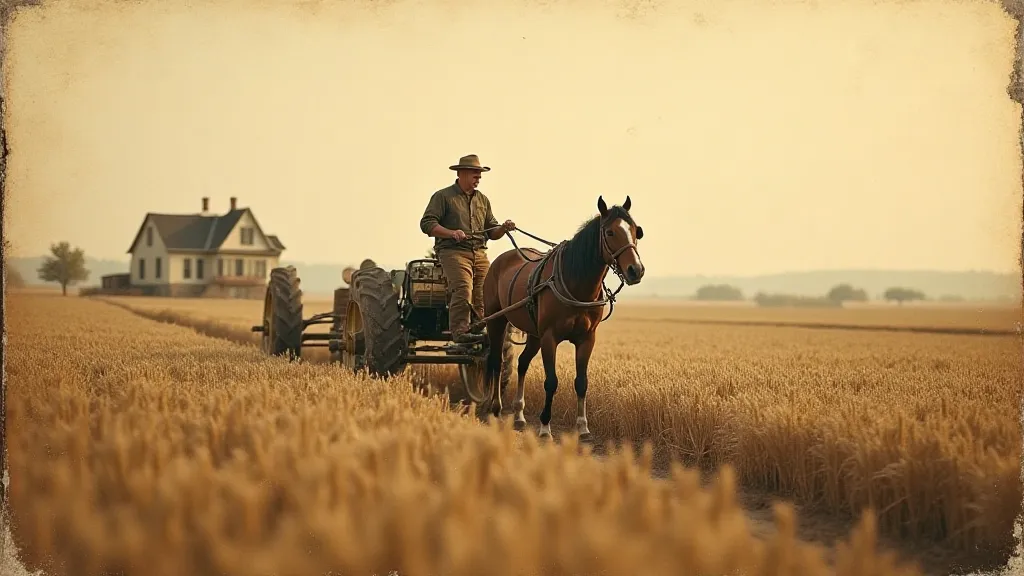
Collecting Tips and Restoration Considerations
When collecting Kansas postcards, focus on areas of interest. Dodge City cards command a premium, as do those depicting early-town views or unique architectural landmarks. Cards with handwritten messages on the back are particularly valuable, offering a personal connection to the past. Condition is always a key factor; pristine cards are rarer and more desirable than those with significant damage.
Restoration can be a delicate process. Minor surface dirt can often be gently cleaned with a soft cloth. More significant damage, such as tears or creases, may require professional restoration. However, be cautious about aggressive cleaning or repair attempts, as they can diminish the card’s value and authenticity. Remember, the age and wear patterns contribute to the card’s character and story.
Protect your collection from sunlight and moisture. Store cards in acid-free sleeves or albums to prevent further deterioration. The preservation of these tangible links to the past is a responsibility we share as collectors.
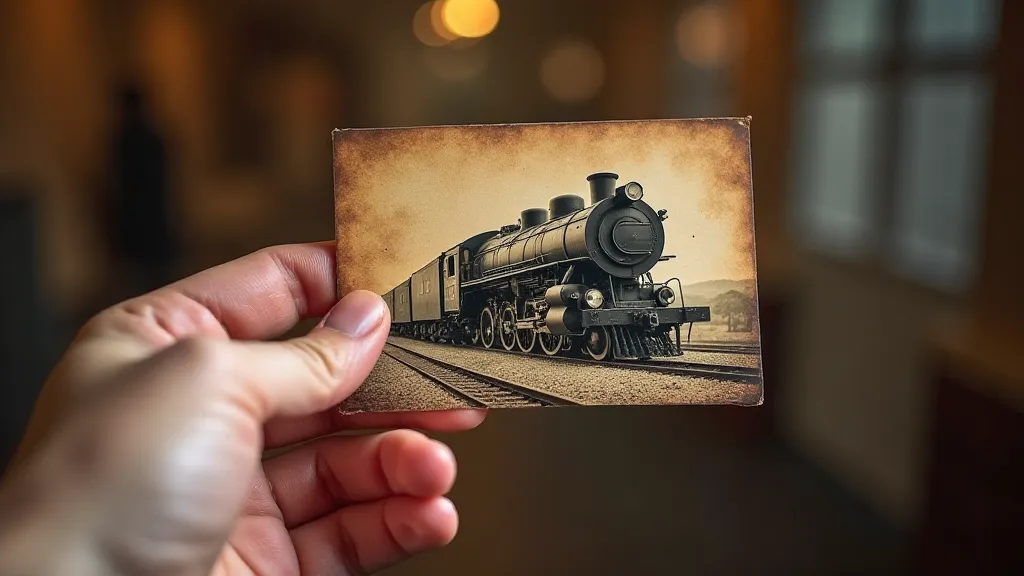
Preserving a Legacy
Kansas postcards offer more than just nostalgic charm; they provide a tangible connection to a pivotal chapter in American history. They’t a testament to the resilience and ambition of the settlers who transformed the prairie into a thriving state. As we collect and appreciate these vintage treasures, we’re not simply acquiring pieces of paper; we’re preserving a legacy – a visual record of Kansas' journey from frontier outpost to the heartland of America.
